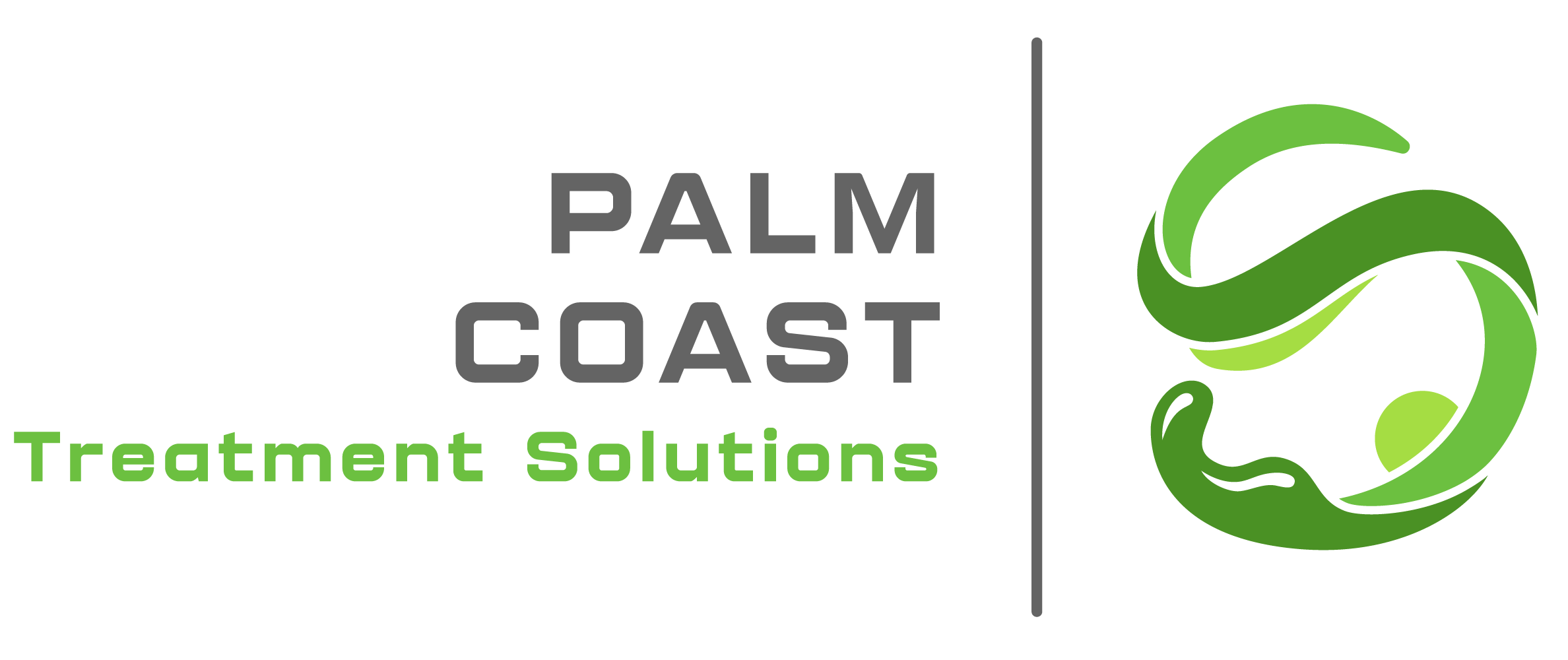Depressive Disorders
Depressive disorders represent conditions beyond typical sadness that exceed normal periods of emotional sadness. Serious mental health conditions affect many people globally while disrupting their daily life and both personal and professional relationships and general health quality. People who suffer from depressive disorders, along with their family members who seek assistance, need to understand all available information about different disorder types and potential causes, alongside symptom patterns and available treatment methods.
What are Depressive Disorders?
People with depressive disorders experience long-lasting sadness along with hopeless emotions, together with a lack of interest in activities that used to please them. Many depressive disorders influence emotional well-being and thinking patterns as well as behavioral responses while also impacting physical wellness. People should seek professional assistance because depressive disorders persist for multiple weeks up to entire years in comparison to short-term mood variations.
Types of Depressive Disorders
1. Major Depressive Disorder (MDD)
Major Depressive Disorder, which people refer to as clinical depression, stands as one of the most intense forms of depression. People with clinical depression experience long-lasting, intense sadness, together with extreme fatigue along with a loss of interest in life for minimum two weeks. Symptoms may include:
- Persistent sadness or emptiness
- Loss of interest in hobbies and activities
- Changes in appetite and weight
- Sleep disturbances (insomnia or excessive sleep)
- Difficulty concentrating
- Feelings of worthlessness or excessive guilt
- Suicidal thoughts or behaviors
2. Persistent Depressive Disorder (Dysthymia)
Clients diagnosed with Persistent Depressive Disorder (PDD), also known as dysthymia, experience a lengthy depressive state which exceeds two consecutive years. The symptoms of PDD tend to show fewer severe manifestations than major depressive disorder, yet they persist and diminish life quality. Symptoms include:
- Low energy and fatigue
- Poor self-esteem
- Difficulty making decisions
- Feelings of hopelessness
- Social withdrawal
3. Bipolar Disorder
Bipolar disorder appears as a mood condition that produces severe mood instability that causing episodes of depression and mania. Bipolar clients suffer depressive episodes the same way as Major Depression clients, but manic episodes include elevated energy levels and impulsive activities that may lead to risky choices.
4. Seasonal Affective Disorder (SAD)
During the reduced sunlight seasons of fall and winter periods SAD manifests as a seasonal depressive disorder that results in depression symptoms. Seasonal depression (SAD) provokes symptoms that primarily manifest through exhausted physical states and sleep patterns that persist longer than usual while raising carbohydrate consumption.
5. Postpartum Depression
Postpartum depression manifests itself in new mothers following childbirth. Postpartum depression continues longer than the short-lived “baby blues,” and it hinders parents from properly caring for their health and newborn.
6. Premenstrual Dysphoric Disorder (PMDD)
A severe form of premenstrual syndrome known as PMDD triggers intense menstrual cycle mood swings and irritability, together with depressive symptoms before menses.
Causes and Risk Factors of Depressive Disorders

Depressive disorders emerge because of various biological and environmental elements together with psychological factors.
1. Biological Factors
- Depression develops from brain chemical imbalances, which especially affect serotonin alongside dopamine and norepinephrine.
- Pregnancy, together with menopause, alongside thyroid disorders and other medical conditions, creates changes in hormones that trigger symptoms of depression.
- Depression runs in families, causing those with such a background to face higher chances of acquiring the condition.
2. Psychological Factors
- Those who display low self-esteem together with pessimistic mindsets or higher stress levels tend to face greater risks of depressive conditions.
- Long-lasting depressive symptoms develop from early age trauma together with emotional abuse and past traumatic experiences.
3. Environmental and Social Factors
- The development of depression stems from ongoing medical conditions, including cancer together with diabetes, and persistent pain.
- Applying alcohol and drugs can generate new depressive disorders and also intensify existing ones.
- The three main life stressors that trigger depression include the combination of financial strain, relationship breakdowns, and the death of loved ones.
CALL US NOW
Palm Coast Treatment Solutions will iron out the details for you in a manner that will make you confident in your path to sobriety. That first simple call is your ticket to making DeLand Treatment Solutions your solution for addiction. Get the freedom from addiction that you deserve today.
Treatment Options for Depressive Disorders
Proper depressive disorder treatment requires medication in combination with lifestyle modifications as well as therapy for clients to achieve recovery. Getting professional help stands as the initial move toward recovery.
1. Psychotherapy (Talk Therapy)
Therapy proves to be a powerful method for people to control their depression effectively. Some common types include:
- The therapy method known as Cognitive Behavioral Therapy (CBT) assists people in recognizing their destructive thinking patterns alongside teaching modification techniques.
- The core objective of Dialectical Behavior Therapy (DBT) is teaching clients emotional control and recovery techniques.
- Interpersonal Therapy (IPT) assists clients by enhancing their relationship abilities along with communication proficiency.
2. Medication
Brain chemical balance through SSRIs and SNRIs antidepressants enables clients to experience improved mood after medication. A person needs to collaborate closely with their healthcare provider during antidepressant treatment to determine the correct medication and proper dosage.
3. Lifestyle Changes
- Physical activity leads to endorphin increase and enhances mood state.
- People who follow balanced diets containing nutritious elements will maintain brain health.
- Constructing a regular sleeping pattern allows mood control through proper rest.
- Stress management techniques such as meditation and relaxation methods with mindfulness training help people lower their stress.
4. Support Groups and Peer Support
Support groups with people who understand depressive disorders offer members emotional support while providing motivational encouragement to each other.
5. Inpatient or Outpatient Treatment Programs
People who have severe depression or pose self-harm risks need structured support, which professional treatment programs offer. Palm Coast Treatment Solutions runs individual-tailored inpatient and outpatient treatment programs that provide full-scale care.
When to Seek Help
The immediate need to seek help becomes essential once depressive symptoms begin obstructing day-to-day activities. An early intervention helps stop symptoms from deteriorating and creates better outcomes for recovery.

Get the Support You Deserve at Palm Coast Treatment Solutions
People who suffer from depressive disorders do not need to face their struggles alone because we provide help. Our evidence-based care at Palm Coast Treatment Solutions integrates compassionate support to help clients gain personal control in their lives. Experienced professionals at our organization will guide you through your mental wellness journey.












